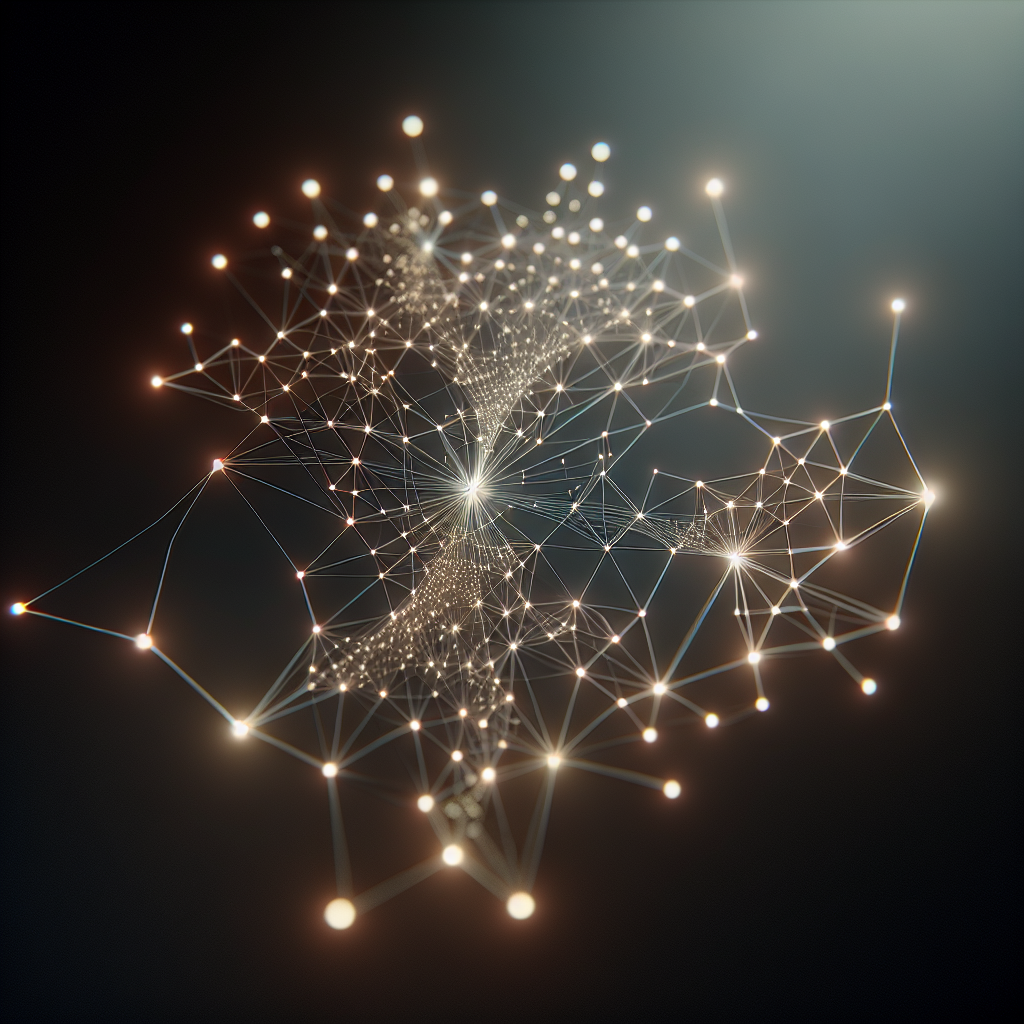Fix today. Protect forever.
Secure your devices with the #1 malware removal and protection software
Graph Neural Networks (GNNs) have gained significant attention in recent years due to their ability to effectively model relational data. These neural networks are specifically designed to work with graph-structured data, such as social networks, citation networks, and molecular structures. In this article, we will break down the basics of GNNs and explore how they are revolutionizing the field of machine learning.
At a high level, GNNs operate by propagating information through the edges of a graph to update the node features. This allows the network to capture the relationships between nodes and learn from the graph’s structure. The key components of a GNN include node embeddings, message passing, and graph convolutional layers.
Node embeddings are representations of nodes in a graph that capture the information about the node and its neighbors. These embeddings are learned through an iterative process of message passing, where each node aggregates information from its neighbors and updates its own features. This process is typically performed through graph convolutional layers, which apply a learned transformation to the node and edge features.
One of the main advantages of GNNs is their ability to generalize to unseen data and handle graphs of varying sizes and structures. This makes them well-suited for tasks such as node classification, link prediction, and graph classification. In recent years, GNNs have been successfully applied to a wide range of real-world problems, including social network analysis, recommendation systems, and drug discovery.
Despite their effectiveness, GNNs also come with challenges, such as overfitting and scalability issues. Researchers are actively working on developing more efficient training algorithms and improving the interpretability of GNN models. Additionally, there is ongoing research on extending GNNs to handle dynamic graphs and heterogeneous data.
In conclusion, Graph Neural Networks are a powerful tool for modeling relational data and capturing complex relationships in graphs. By leveraging the structure of the data, GNNs offer a promising approach to solving a wide range of machine learning tasks. As research in this field continues to evolve, we can expect to see even more innovative applications of GNNs in the future.
Fix today. Protect forever.
Secure your devices with the #1 malware removal and protection software
#Breaking #Basics #Graph #Neural #Networks,gnn

Leave a Reply
You must be logged in to post a comment.